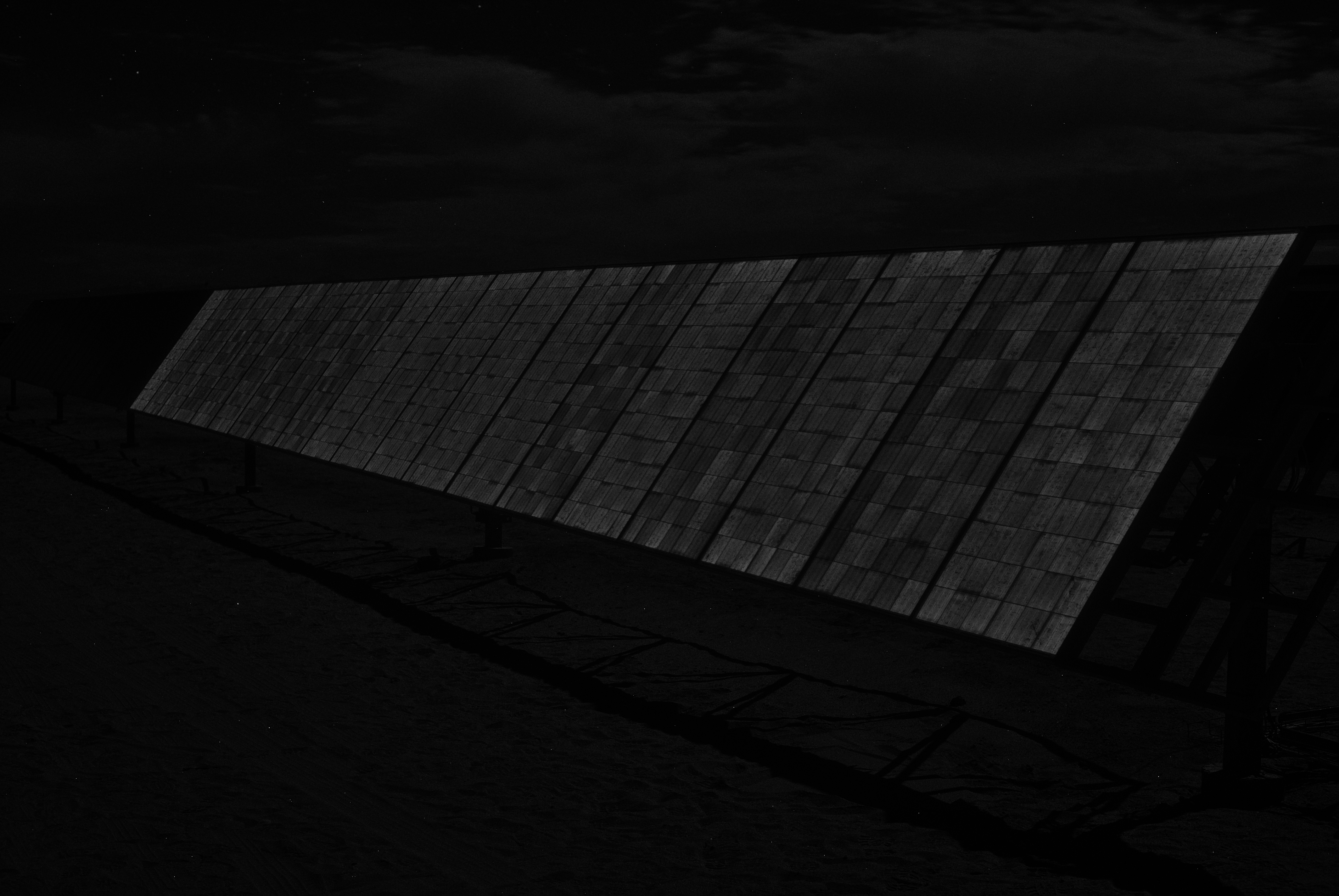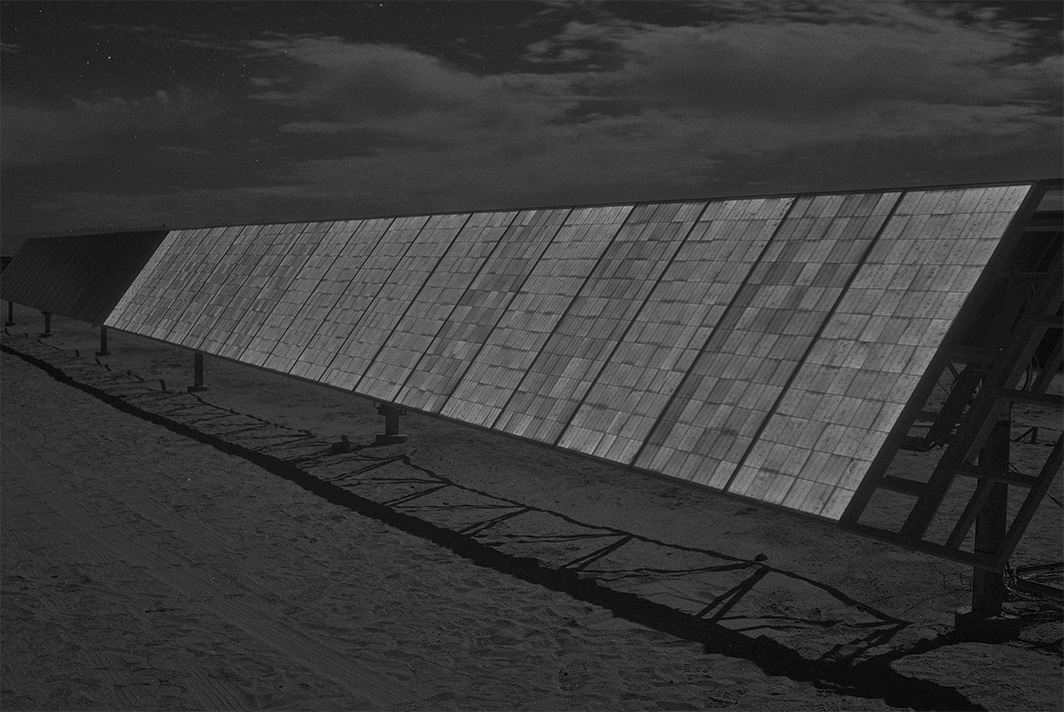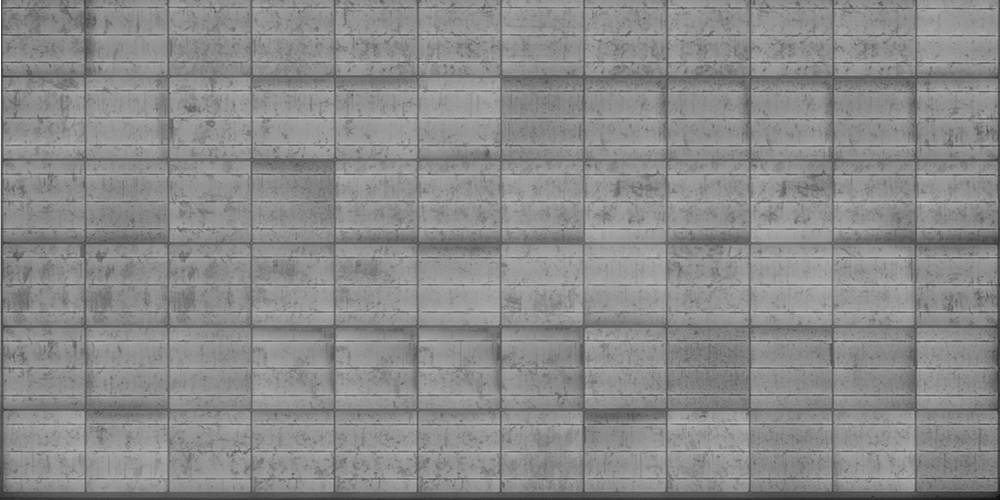Electroluminescence is an optical and non-invasive technique to evaluate the brightness of the cells of a solar panel. Thus, it is possible to detect structural defects in them, caused by improper handling during transport, incorrect cleaning, natural or accelerated degradation, among others. These defects can appear as cracks and affect the efficiency of the photovoltaic system.
Electroluminescence
Advantages of the method
1. Non-invasive and regulated.
2. Allows detection of structural defects in cells and degradation (LID, LeTID, PID).
2. Allows detection of improper handling in the transport chain of photovoltaic modules.
3. Allows to detect inappropriate module management at the solar field maintenance level.
4. It does not generate loss of electricity production when performed at night.
Method performed by Fraunhofer Chile Research (FCR):
This service has already been successfully developed in outdoor conditions in Chile in Engie and AES-Gener plants, as well as in Argentina, where string level tests were performed, without the need to remove modules from the structure or loss of energy production, due to the fact that it is performed at night.
The service consists of a technical visit to the plant and a subsequent analysis of the state of the solar field analyzed and statistics of faults found.
 Fraunhofer Chile Research
Fraunhofer Chile Research

